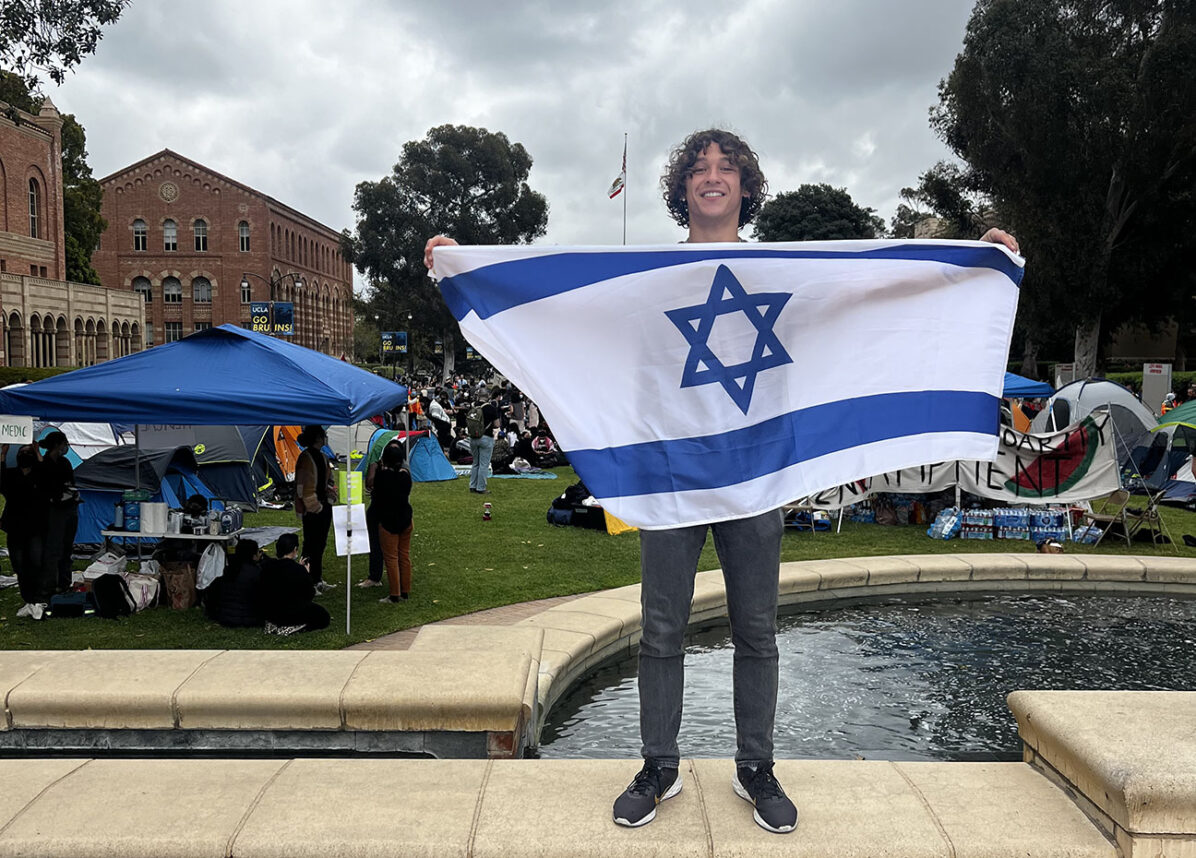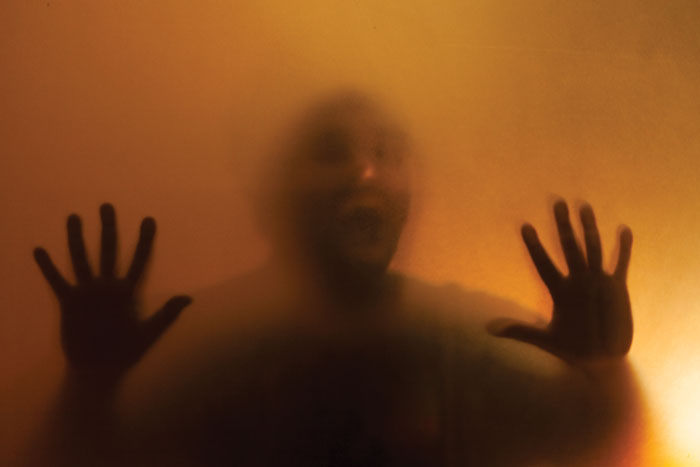If the Museum of Tolerance (completed in 1993) was, as founder Rabbi Marvin Hier is fond of saying, designed for “the MTV Generation,” then the new Los Angeles Museum of the Holocaust (completed in 2010) is, for better and worse, the museum for the children of Facebook.
The permanent installation at the Museum of Tolerance uses video, audio and creatively lit dioramas to tell the story of the Holocaust. Visitors experience the exhibits in groups, and are guided through by a docent who adds occasional comments amid the technologically enabled storytelling, which was state-of-the art when the museum opened and still captures the attention of today’s teenagers. At the end of the section on the Holocaust, groups are herded into a gas-chamberlike room with multiple screens embedded in the walls to hear what is surely one of the most horrific stories of the Holocaust that any visitor has ever heard.
By contrast, in the new Los Angeles Museum of the Holocaust, opening Oct. 14, most everything will be experienced in headphone-enforced solitude, and much of the content can only be accessed through a series of touch screens.
Even visitors who will be guided by docents will be issued an iPod Touch upon entry, and unlike at museums like the Museum of Tolerance, where every visitor experiences the museum in largely the same sequence, visitors to the new Los Angeles Museum of the Holocaust will be able to choose their own paths through the exhibits. And they’ll have to: Nearly every photograph, artifact or replica on display is labeled with a number that must be dialed into the museum’s iPod to access audio explanations of its significance. Once the audio-guide elements are complete, information overload seems all but certain.






















 More news and opinions than at a Shabbat dinner, right in your inbox.
More news and opinions than at a Shabbat dinner, right in your inbox.